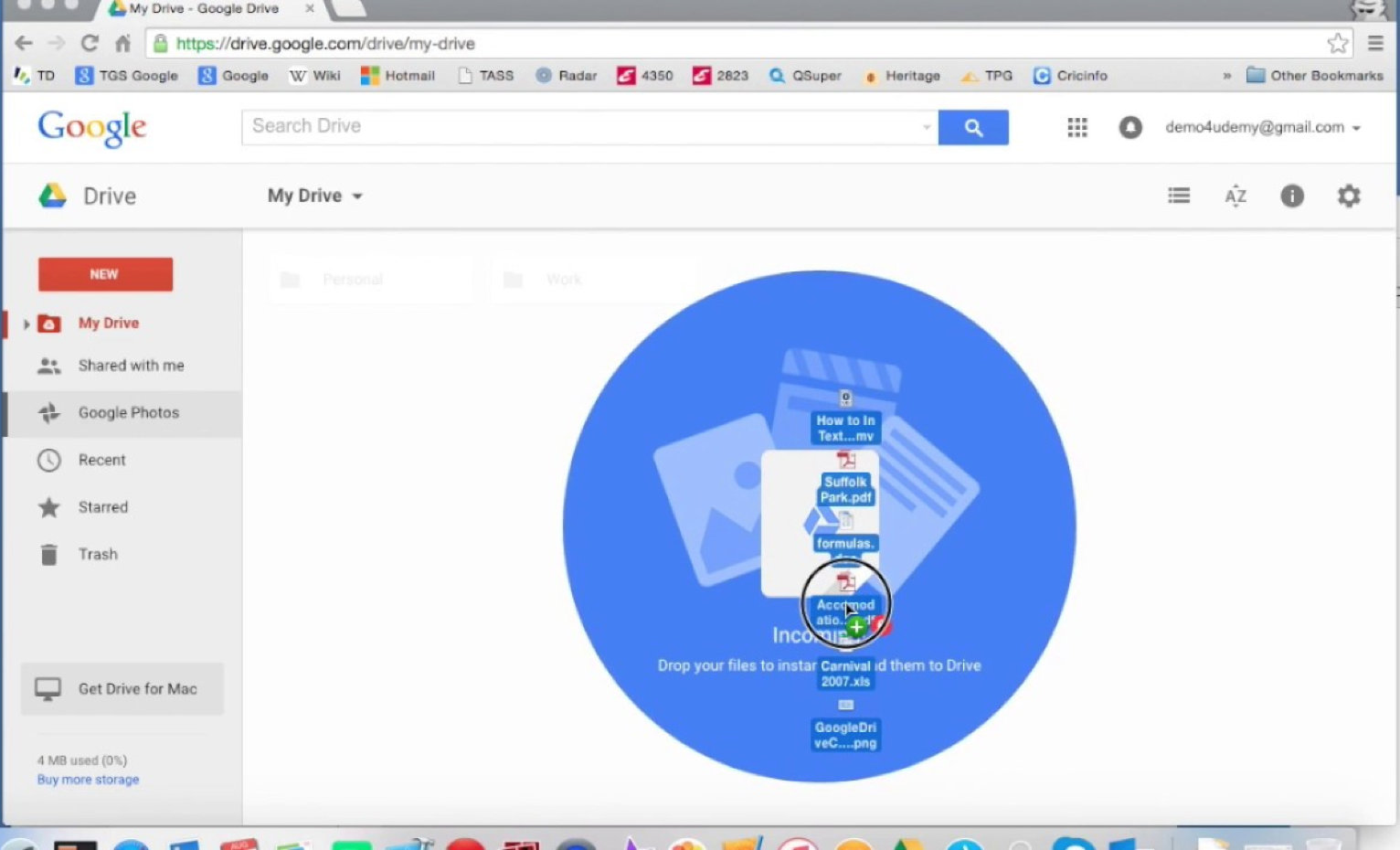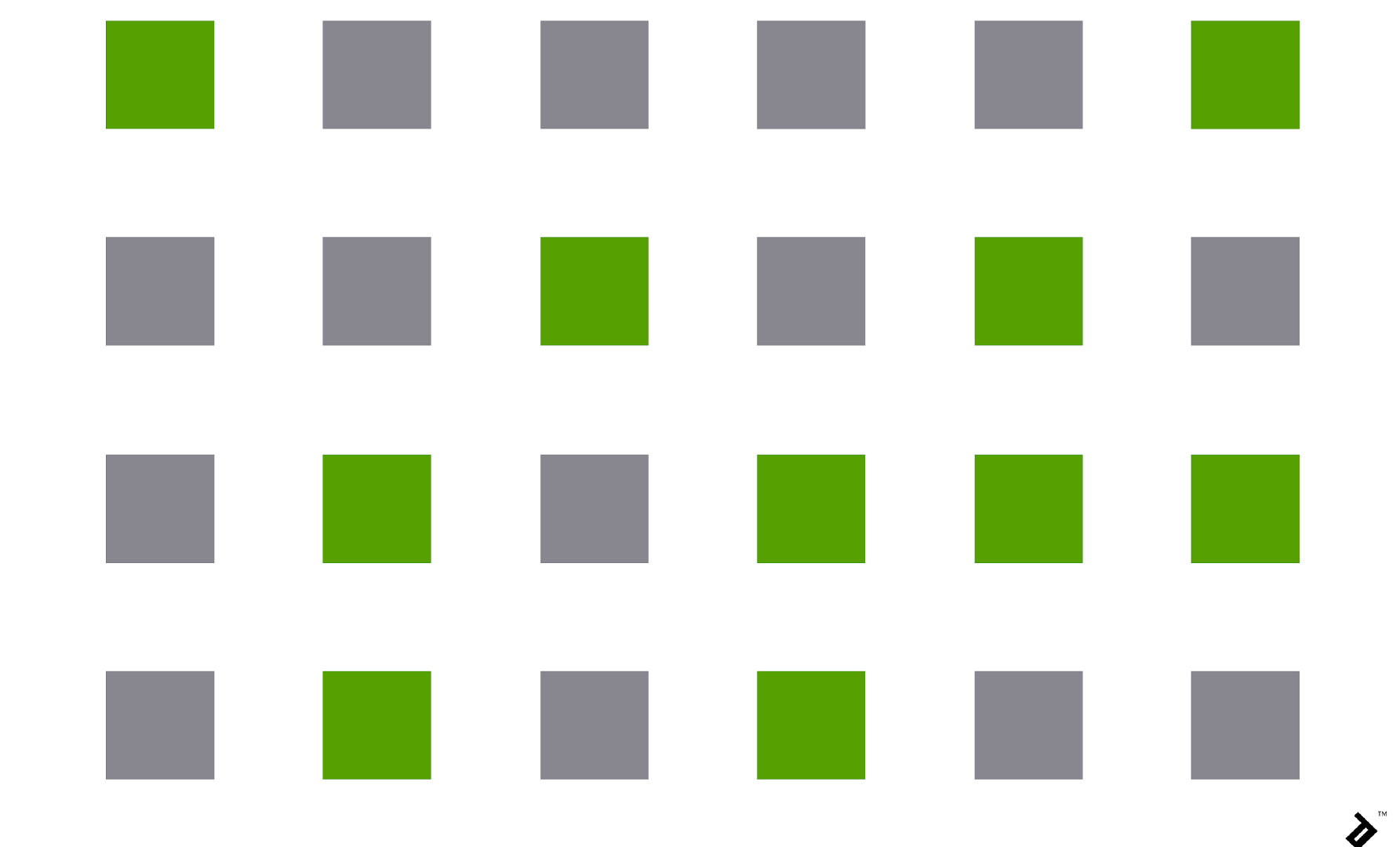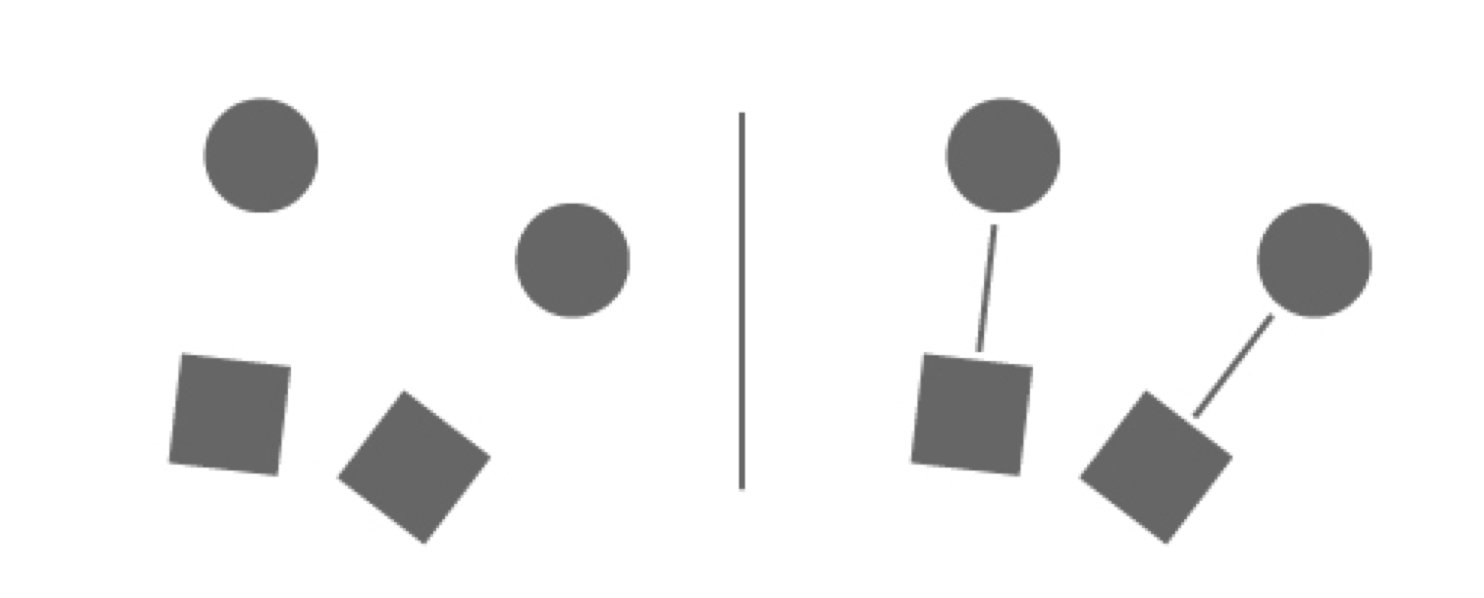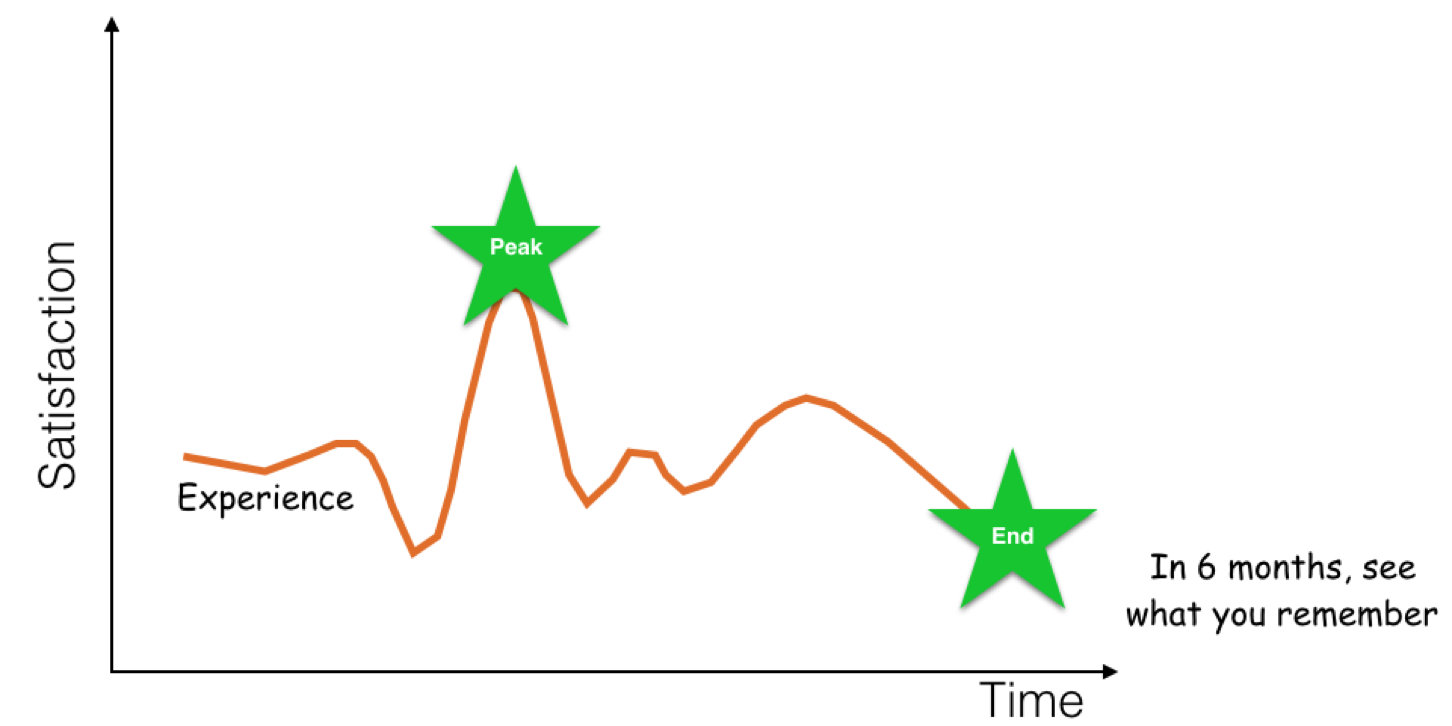
Here are some of the prevalent laws of UX which are most frequent applied on web usability.
Fitts’s Law

The time to acquire a target is a function of the distance to and size of the target.
Hick’s Law

The time it takes to make a decision increases with the number and complexity of choices.
Jakob’s Law

Users spend most of their time on other sites. This means that users prefer your site to work the same way as all the other sites they already know.
Law of Common Region

Adding borders (creating common regions) around an element or group of elements is an easy way to create separation from surrounding parts.
Law of Prägnanz

People will perceive and interpret ambiguous or complex images in the simplest form possible because it is the interpretation that requires the least cognitive effort of us.
Law of Proximity

Objects that are near or proximate to each other tend to be grouped.
Law of Similarity

The human eye tends to perceive similar elements in a design as a complete picture, shape, or group, even if those elements are separated.
Law of Uniform Connectedness

The human eye tends to perceive similar design elements as a complete picture, shape, or group, even if those elements are separated.
Miller’s Law

The average person can only keep 7 (plus or minus 2) items in their working memory.
Peak-End Rule

People judge an experience primarily based on how they felt at its peak and its end, rather than the total sum or average of every moment of the experience.
Postel’s Law

Be liberal in what you accept and conservative in what you send.
Tesler’s Law

Tesler’s Law, also known as The Law of Conservation of Complexity, states that there is a certain amount of complexity that cannot be reduced for any system.
Von Restorff Effect

The Von Restorff effect, also known as The Isolation Effect, predicts that when multiple similar objects are present, the one that differs from the rest is most likely to be remembered.
Zeigarnik Effect

People remember uncompleted or interrupted tasks better than completed tasks.
